
Designing For Inclusivity In The Workplace
An inclusive workplace is one that values individual differences in the workforce, and makes them feel welcome and accepted.
Inclusivity and diversity are moral and legal responsibilities and employers are working hard to give diverse voices a platform. But the culture of diversity and inclusivity also needs to be represented in the workplace design, not just in the workforce itself.
Inclusive Design is the accessibility and usability of a product by a broad range of people, irrespective of any differences, without the need to specially adapt them. It is impossible to design something that is a perfect fit for the entire population, but inclusive design researches the target market and provides an appropriate response to address the diversity in this target population; it is all about putting the users at the heart of the design process.
The design has to be efficient, subtle, and effective in creating a welcoming and inclusive environment without putting any undue focus on anyone, thereby creating a calmer and happier workplace.

More and more companies are going well beyond American Disabilities Act (ADA) requirements, and proactively creating offices that enable people of all abilities to be as productive as possible. We call it “inclusive design”, because the goal is to include all workers in the organizational workplace.
Roland White, Global Director of D&I at Microsoft says, “Inclusive design doesn’t mean you’re designing one thing for all people. You’re designing a diversity of things so everyone finds a way to participate”.
As we know from our recent article investigating the rise of video calls and what this means for the workplace, the question that emerges is how do you cater for an inclusive workplace whilst also providing a hybrid and flexible workplace.
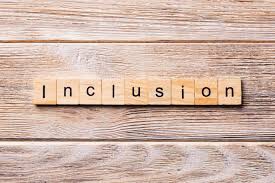
Designing for Inclusion
With so many top firms looking to go beyond the baseline requirements, Spacestor was approached by one of the world’s leading tech companies with the challenge of designing and engineering a pod that took video conversations out of the open workspace and into an efficiently-sized acoustic pod. Every feature of this space needed to be optimized for the best user experience, with inclusivity in mind. After two years of development, we were able to launch the Residence Connect Video Conference Booth.
Following the principle of inclusivity, the design of Residence Connect affords an equitable experience for all users, regardless of their abilities. Every aspect of the user experience has been considered to ensure ultimate user comfort and control. Some of the key features of the ADA model were designed with inclusivity in mind for easy approach, entry and exit, with an automatic door opener and readily accessible charging cables. The control dashboard had also had inclusivity considered where these controls have been designed for easy differentiation and all levels of dexterity.
One of the unique aspects of this design is that the upholstery fabrics and the light source depend on one another to optimize the visual representation of all users on camera. To ensure a fully inclusive design, specified textile offerings are in support of VC equity guidelines as well as being UL approved - to find out more about UL listing see our recent article Residence Connect achieves UL Listing. Upholstery fabrics are highly reflective, non-directional and have the ability to complement a wide range of skin tones. Extensive testing ensured the optimal specification of upholstery fabric was arrived at. To ensure an equitable visual user representation, the light reflectance value (LRV ) falls in a specific range depending on the location of each upholstery panel. Panels surrounding the screen and work surface needed to have an LRV of 50+% and upholstery panels surrounding the user needed to have a LRV of 15-25%.
For optimal user comfort, bias lighting was chosen, which is proven to support the best viewing experience, reducing eye strain and enhancing image quality. The light source is positioned behind the monitor and illuminates the upholstered panels behind the screen. The upholstered panels behind the monitor reflect the light source, which evenly accentuates and brightens the skin and facial features, giving a clear, flattering quality to all skin tones, supporting the equitable visual representation of all people.

A survey by the Harvard Business Review found employees at companies that focussed on inherent and acquired diversity were more likely to out-innovate and out-perform others. The report also revealed employees in a ‘speak up’ culture were 3.5 times more likely to contribute their full innovative potential. By including employees from across the board – different genders, ages, countries, backgrounds – businesses can increase their access to a wide variety of perspectives and expertise. A diverse workforce can help companies open up new opportunities and explore new solutions.
The first step towards designing an inclusive workplace is acknowledgment and acceptance of differences. It is about offering choices to people. There are things that can be done very easily without much additional cost or effort, such as:
However, designing for inclusion from the start helps sidestep the need for retroactive accommodation later, and it also creates a much more inviting workplace.

Above all, true inclusivity is a matter of effective leadership and the organization has to have a true culture of inclusivity and diversity. It is about being open to change and accommodating a wider range of workforce, offering them different technological solutions and platforms, and also flexible working conditions. Design helps people personalize their workplaces, feel a sense of belonging, and feel comfortable, thereby reducing everyday frustration and effort, and hence increasing mental well-being and productivity.




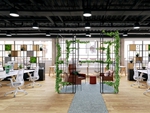
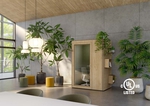

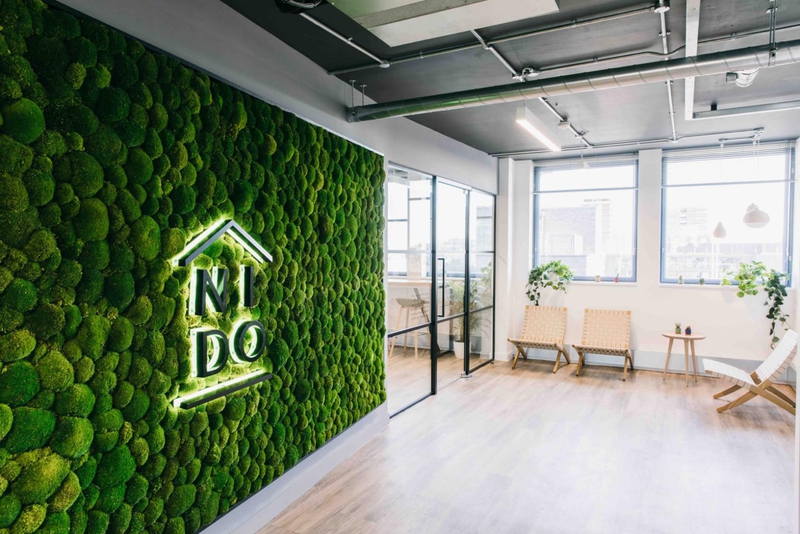
Student accommodation providers, Nido Student passionately care about being green and sustainable, so Knotel created th…
REAL ESTATE
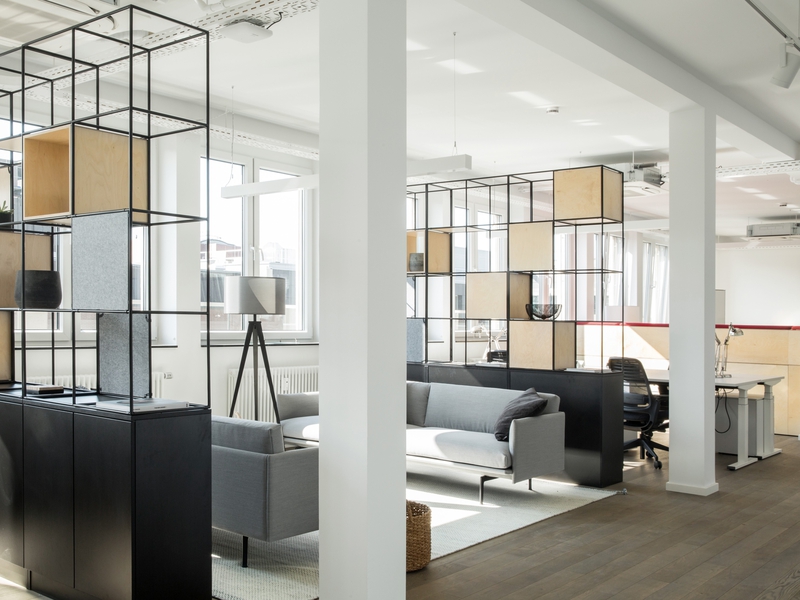
This state-of-the-art location for flexible workspace provider, Knotel, has recently been completed and provides a solu…
REAL ESTATE
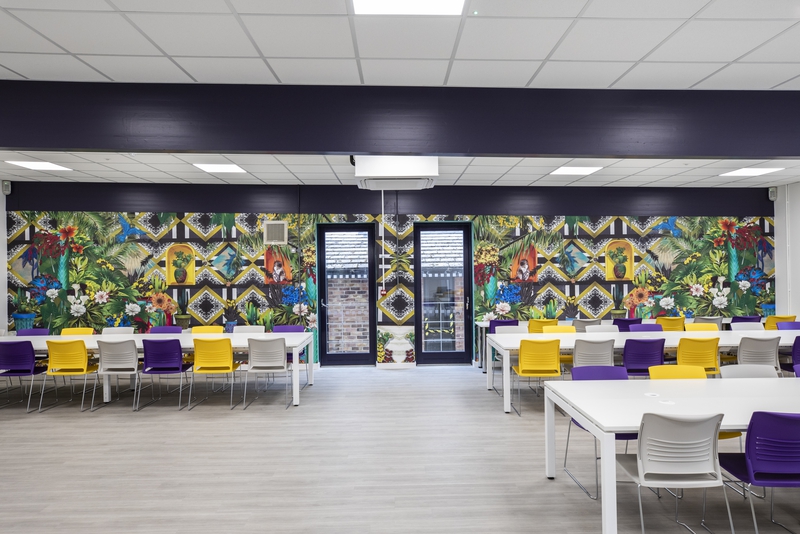
A bold and modern fitout at Chingford Foundation School showcasing our Bleachers, Railway Carriages and Mono Desking
EDUCATION